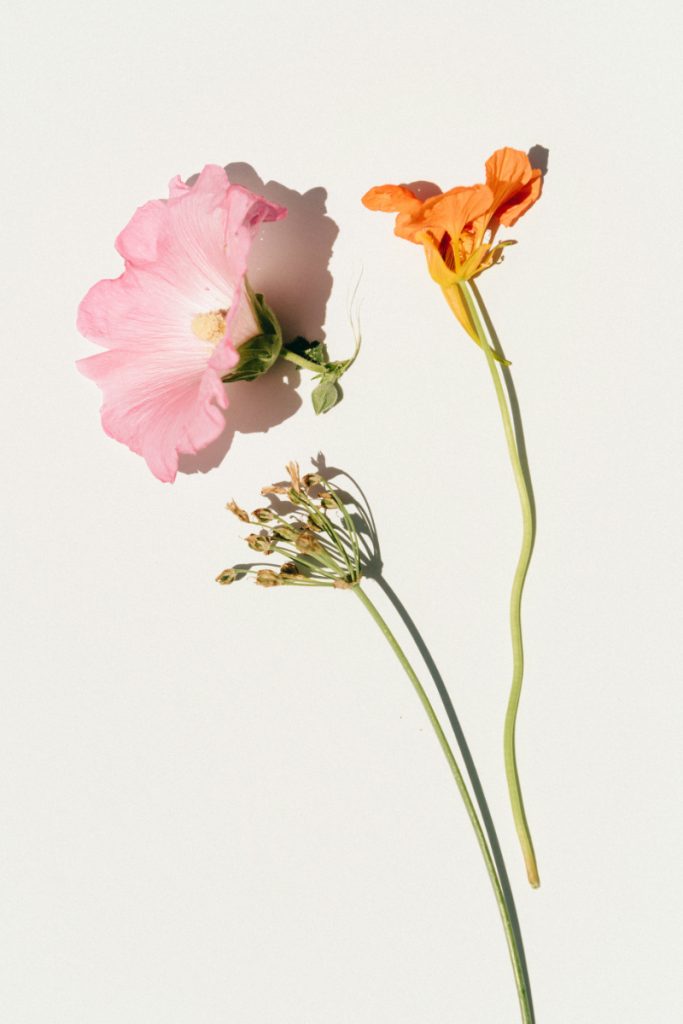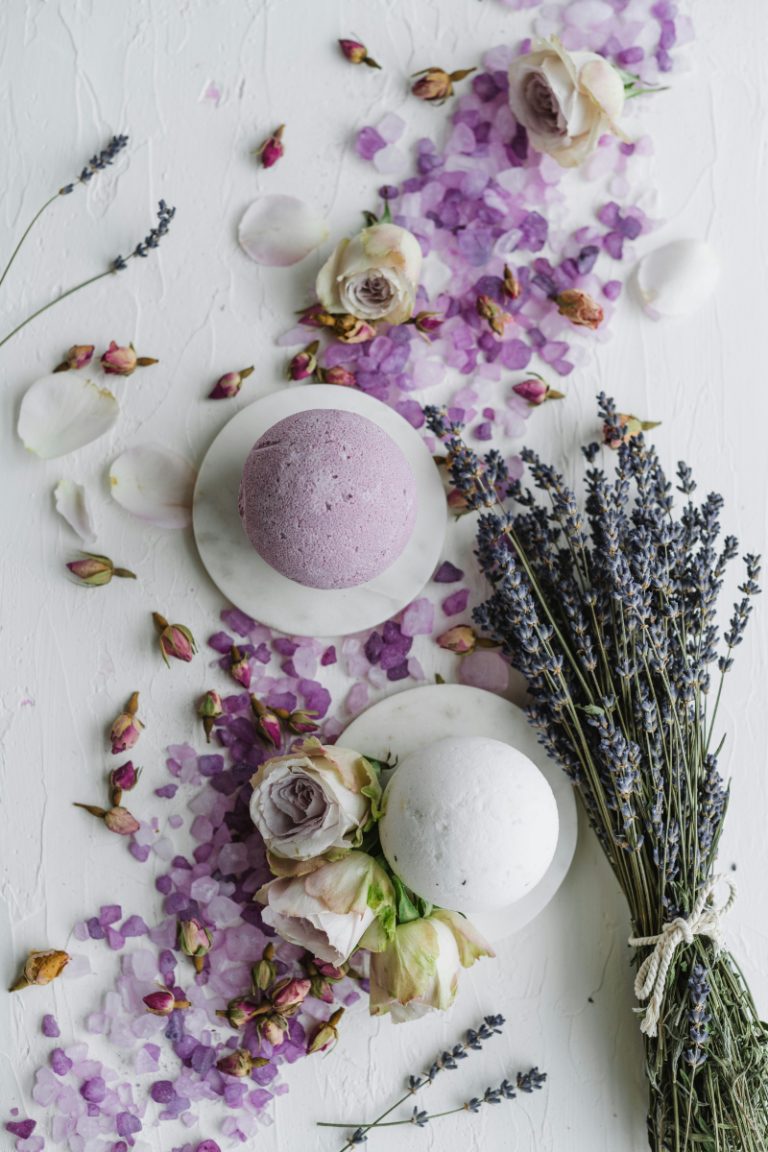
Drying flower petals for confetti is a fun and easy DIY project that can add a personal touch to your wedding or special event. Whether you want to use fresh or dried flower petals, the process is straightforward and can be done with just a few simple materials. In this article, we’ll go over the basics of drying flower petals for confetti and provide some helpful tips to make the process a success.
One of the first things to consider when drying flower petals for confetti is the type of flower you want to use. Some flowers, like roses and lavender, are great for making confetti because they dry well and retain their color. Other flowers, like daisies and marigolds, may not be as suitable because they wilt quickly and lose their color when dried. It’s important to choose flowers that are in season and readily available to ensure the best results.
Once you’ve chosen your flowers, the next step is to dry them. There are several methods for drying flower petals, including air-drying, using a dehydrator, or drying them in the oven. Each method has its pros and cons, so it’s important to choose the one that works best for you. In the following sections, we’ll explore each method in more detail and provide step-by-step instructions on how to dry flower petals for confetti.

Choosing the Right Petals
When it comes to making your own dried flower petal confetti, choosing the right petals is crucial. Not all flowers are suitable for drying, and not all dried petals will hold up well when thrown. Here are some factors to consider when selecting petals for your confetti:
Types of Flowers
Some of the best flowers for drying and using in confetti include roses, hydrangeas, delphiniums, and lavender. These flowers have sturdy petals that hold up well when dried, and they come in a variety of colors and textures. Other flowers, such as daisies and marigolds, are more delicate and may not hold up as well when dried.
Seasonal Considerations
When selecting flowers for your confetti, it’s important to consider the season. Some flowers are only available at certain times of the year, and others may not be in season at all. If you’re planning a summer wedding, for example, you might want to consider using sunflowers or daisies in your confetti. If you’re getting married in the fall, you might opt for dried leaves or autumnal flowers like chrysanthemums.
Color and Texture Selection
The color and texture of your dried flower petals can have a big impact on the overall look of your confetti. If you’re going for a rustic, natural look, you might choose petals in earthy tones like brown, green, and beige. If you want a more vibrant look, you might opt for petals in bright colors like pink, purple, and yellow. You can also mix and match different textures to create a unique confetti blend. For example, you might combine smooth rose petals with fluffy hydrangea petals for a varied texture.
Remember, when selecting petals for your confetti, it’s important to choose flowers that are in good condition and free from blemishes or discoloration. With the right selection of petals, you can create beautiful, personalized confetti that will add a special touch to your wedding or other special event.
Preparation for Drying
Before you start drying flower petals for confetti, you need to prepare the petals properly. This section will guide you through the preparation process.
Cleaning and Sorting
The first step is to clean and sort the flower petals. You need to remove any debris, dirt, or insects from the petals. You can do this by gently washing the petals in a bowl of water. After washing, spread the petals on a clean towel or paper towel and pat them dry with another towel. Make sure the petals are completely dry before proceeding to the next step.
Once the petals are dry, you need to sort them according to color and type. This will make it easier to arrange them for drying. You can use a table or a tray to sort the petals. Arrange the petals in separate piles according to color and type.
Trimming and Arrangement
After sorting the petals, you need to trim the stems and arrange the petals for drying. Use a pair of scissors to cut off the stems, leaving only the petals. Make sure the petals are not too large or too small. Ideally, they should be about the size of a quarter.
Once you have trimmed the petals, arrange them in a single layer on a tray or a sheet of paper. Make sure the petals are not overlapping each other. You can use a fan or a dehumidifier to speed up the drying process. Leave the petals to dry for a few days until they are completely dry and crisp.
By following these simple steps, you can prepare your flower petals for drying and ensure that they are ready to be used as confetti.
Drying Techniques
If you want to make flower petal confetti, you need to dry the petals first. There are different techniques you can use to dry flower petals. In this section, we will discuss four common techniques: air drying, pressing, using silica gel, and oven drying.

Air Drying
Air drying is the simplest and most traditional method of drying flower petals. You can air dry petals by hanging them upside down in a well-ventilated, dry area. Make sure the petals are not touching each other. You can also lay the petals on a flat surface, such as a tray or screen. Turn the petals over every few days to ensure even drying.
Pressing
Pressing is another method of drying flower petals. You can press petals between two pieces of absorbent paper, such as blotting paper or newspaper. Place the petals between the paper and put a heavy object on top. Change the paper every few days until the petals are completely dry.
Using Silica Gel
Silica gel is a desiccant that can absorb moisture from the petals. You can use silica gel to dry flower petals quickly and efficiently. Place the petals in a container with silica gel and seal the container. Leave the petals in the container for a few days until they are completely dry.
Oven Drying Method
Oven drying is a fast and efficient way to dry flower petals, but it requires more attention than other methods. Preheat your oven to a low temperature, around 100-120 degrees Celsius. Spread the petals on a baking sheet and put them in the oven. Keep an eye on the petals and remove them from the oven as soon as they are dry. Be careful not to overheat the petals, as they can burn easily.
Choose the drying method that works best for you based on the type of flowers you have and the time you have available. Once you have dried your petals, you can store them in an airtight container until you are ready to use them for your confetti.
Storing Dried Petals
Once you have dried your flower petals, it is important to store them properly to ensure that they retain their color and shape. Here are some tips on how to store your dried petals:
Airtight Containers
To store your dried petals, you should use airtight containers to prevent moisture from getting in. Mason jars or plastic containers with tight-fitting lids are perfect for this purpose. You can also use vacuum-sealed bags to store your petals.
When storing your petals, be sure to label the container with the type of flower and the date it was dried. This will help you keep track of your inventory and ensure that you use the oldest petals first.
Handling and Preservation
When handling your dried petals, be gentle to prevent them from breaking or losing their color. You should also avoid exposing them to direct sunlight or high temperatures, as this can cause them to fade or become brittle.
To preserve the color of your petals, you can add a few drops of essential oil to the container. Lavender, rose, and peppermint oils are all good choices. You can also add a silica gel packet to the container to absorb any moisture and keep the petals dry.
By following these tips, you can ensure that your dried flower petals stay fresh and beautiful for months to come.





